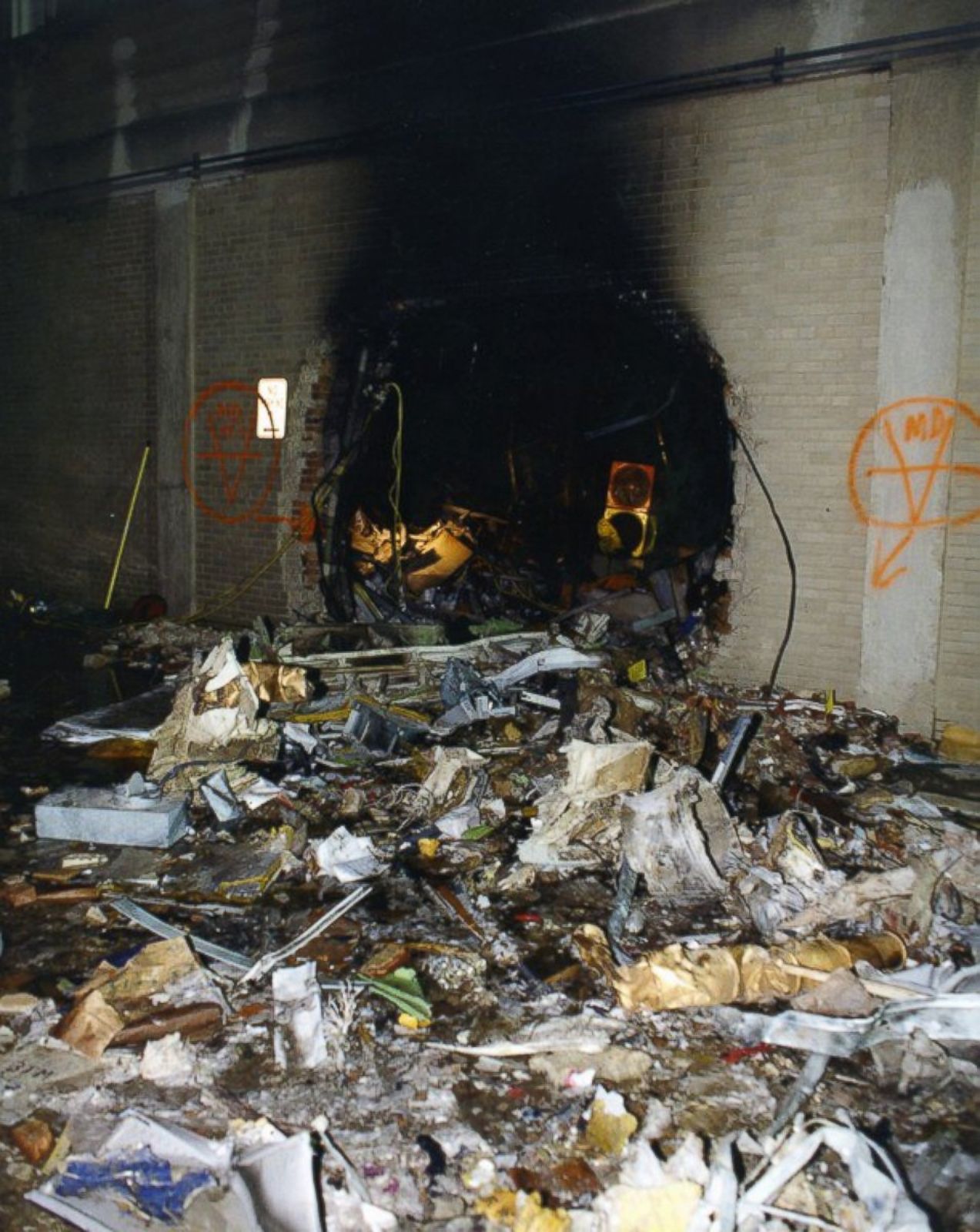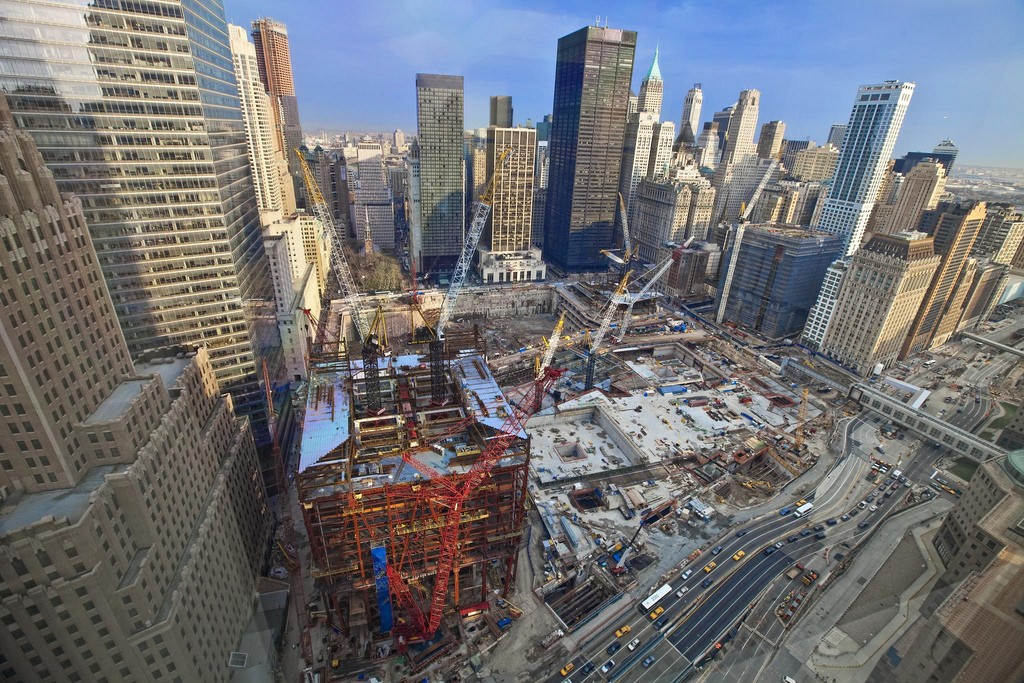
Today, Guantanamo has fewer than 40 prisoners, but still remains operational.Īfter 9/11, budgets for defense-related agencies skyrocketed: Homeland Security's discretionary budget jumped from about $16 billion in 2002 to more than $43 billion in 2011. Former President Donald Trump was intent on keeping it open, and even sought, unsuccessfully, to refill it. And although early in his first term, Obama vowed to close it - and significantly reduced the population - he failed to completely shut it down. There were more than 650 foreign inmates at the facility by 2003.Ĭritics have long pushed to shut down the Guantanamo facility, calling it a gross violation of basic human rights and a stain on America's image abroad.

Held indefinitely, prisoners were denied access to trials or legal representation, and were subject to brutal interrogation techniques. In 2002, the Bush Administration also opened the Guantanamo Bay detention center in Cuba, where it began sending suspected enemy combatants. soon after resumed intermittent air strikes following the emergence of the Islamic State extremist group, which sprouted from the chaos of war and terrorized the region.

troops were pulled out of Iraq, leaving that nation in a far more volatile state than when military operations first began in 2003. Our military involvement in Afghanistan - which just ended calamitously in August, with the Taliban reclaiming control of the country - was the longest war in American history. The invasion was a key part of America's newly launched War on Terror, under the leadership of President George W. Although not directly linked to the terrorist attacks, Hussein was suspected of producing weapons of mass destruction (none were ever found). Two years later, in March 2003, the United States invaded Iraq and deposed President Saddam Hussein. troops invaded Afghanistan in an attempt to dismantle al-Qaeda - the terrorist group that claimed responsibility for the attacks - and remove the Taliban government harboring it. These changes continue to have ripple effects across the globe, particularly in the Middle East, where American-led military operations helped foment rebellions and ongoing warfare throughout the region.īelow are four of the many dramatic impacts - nationwide and in California - resulting from the events of that one tragic day.

Maybe they have seen anti-Muslim sentiment in their own communities. Maybe they have a parent, older sibling or cousin who served in Afghanistan. The Perspectives Youth Media Challenge offers them a chance to tell their stories. On the 13th anniversary of the attacks, here’s a look back at some of the most memorable photographs.TEACHERS: Your students are too young to have lived through the 9/11 attack, but that doesn’t mean it hasn’t impacted their lives.

The photographs from 9/11 and its aftermath remain some of the most iconic images in modern history and were published by countless media outlets, blogs and newspapers shortly after the Twin Towers toppled to the ground. 11, 2001 that captured the terrorist attacks in New York City and Washington, D.C. These describe just a few of the images from Sept. 4, 2001, the Bush administration had not decided whether Osama bin Laden's al Qaeda operation was a "big deal." ReutersĪ man covered in so much dust he looks as if he stepped out of a 1930s black-and-white photograph a passenger jet gliding just above the New York City skyline and headed straight for the World Trade Center a massive fissure in the side of the Pentagon. leaders and intelligence agencies failed for many years to grasp the gravity of the threat posed by radical Islamists and suffered from a collective "failure of imagination," the commission investigating the Sept. The World Trade Center burns after being hit by a plane in New York in this file photo on September 11, 2001.


 0 kommentar(er)
0 kommentar(er)
